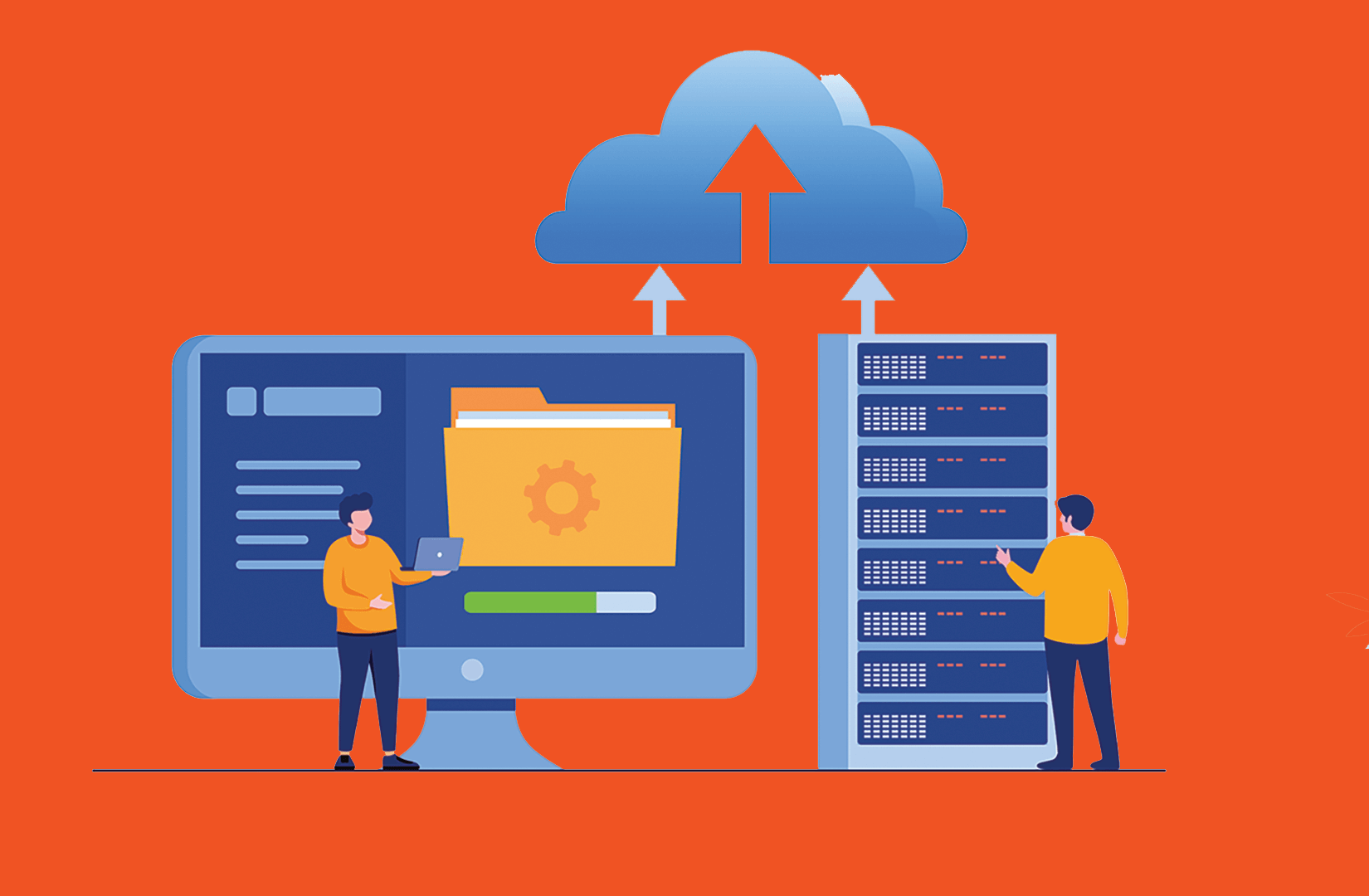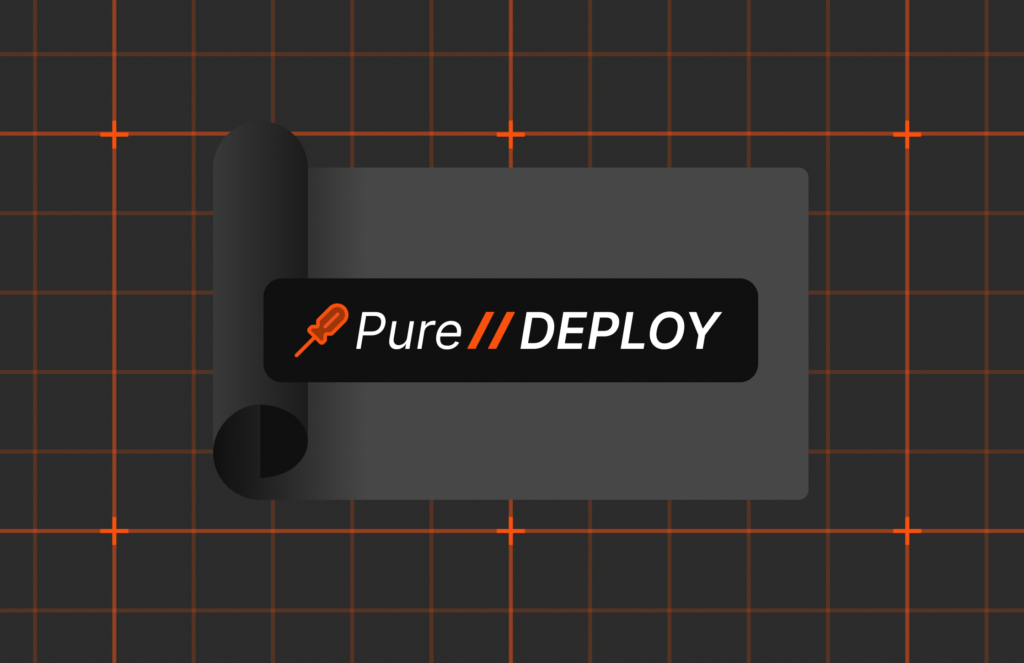Once the cloud was considered the inevitable destination for everything: operations, development, public apps, storage—and now, AI data—the challenges emerged. The cloud enables quick scaling, but it can be costly with hard-to-navigate pricing. Data governance dictates on-premises storage for certain data. Some workflows suffer from latency and other performance issues when placed in the cloud. In response, many businesses are accepting the idea that a hybrid approach is the best path forward, allowing them to optimize workflows by providing whatever architecture is necessary.
However, as Eric Burgener, Director of Technical Strategy at Pure Storage, said in our recent webinar “Boldly Go: The Next Generation of Data Storage”: “Cloud is not the final destination.” In fact, as Burgener and other experts explained, the cloud need not be considered a location or destination at all. It’s smarter to think of cloud resources within a cloud operating model (COM).
How Do We Define the Cloud Operating Model?
At a high level, the cloud operating model is based on the emergent reality that the “cloud” is no longer synonymous with a cloud provider. Cloud technologies can be repackaged for specific use cases as needed and delivered anywhere via a cloud model no matter where they’re hosted and no matter where users are. The marketplace is responding, with many vendors like Pure Storage offering infrastructure as a service (IaaS) and other products designed to enable a cloud operating model.
How Today’s Enterprises Are Leveraging COM Benefits
Now let’s look at a few of the advantages cloud operating models can offer organizations.
On-demand infrastructure: Users in need of resources don’t have to go through a procurement process that might add days or weeks to a project timeline. They can simply use a self-service tool to make a request for resources from an existing cloud deployment.
SLA-based provisioning: Cloud operating models allow workers to specify necessary resources not in technical specifications, like bandwidth, compute, and storage, but in a description of the business goal—which is much more user-friendly. The specs might include the type of application, number of users, how they’re dispersed, and the expected level of performance.
OPEX instead of CAPEX: One of the cloud’s original benefits was eliminating the need to buy hardware, and the ability to shift the costs to the operating expenses side of the budget. With widely available infrastructure-as-a-service options, the OPEX benefit is available even for on-premises or edge deployments.
Continuous right-sizing: Not only are costs spread out, they should be lower overall. Adopting a cloud operating model means only paying for what you use.
Non-disruptive maintenance and upgrades: Software updates and even hardware updates can be accomplished with no downtime or reliability issues.
Application mobility: When applications need to be moved—for example, when they scale out of their original deployments—a cloud operating model facilitates non-disruptive migration of applications.
Unified clouds, unified management: A cloud operating model is usually managed by software that unifies disparate computing and storage resources, bringing them into a single interface for provisioning and management. The solutions typically include technologies such as infrastructure as code (IAC) and software-defined storage.
Repatriation: As businesses pivot away from traditional cloud deployments because of cost, governance, or other issues, many are finding that, with a cloud operating model available anywhere, they’re able to bring cloud resources back on premises. They can then distribute resources according to performance and cost among on-premises, traditional cloud, and edge locations—and still gain the benefits of the cloud.

Modern Hybrid Cloud Solutions
Seamless Cloud Mobility
Unify cloud and on-premises infrastructure with a modern data platform.
All In on the Cloud?
Operate like the cloud even when you’re not in the cloud. The Pure Data Storage Platform and operating system is as seamless, software-driven, and service-oriented as the cloud. With Pure Storage as your infrastructure operating system, you’ll remove roadblocks.
That’s why Pure Storage is “boldly going” where no one has gone before—bringing the cloud operating model anywhere, with software-defined storage and storage as a service.
Watch Part 1 and Part 2 of our “Boldly Going” webinar to see the next frontier where IT has all the benefits of the cloud on-premises—and developers have the freedom to seamlessly deploy applications.

Written By:
The Next Frontier
Check out the first part of our “Boldly Going” webinar.







